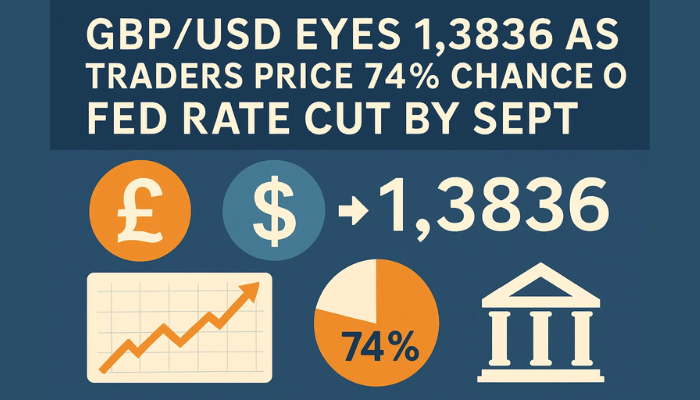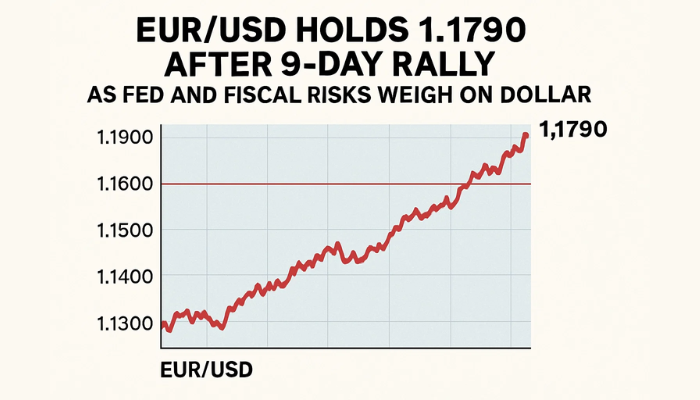Gold Weekly Review: Fluctuates with Geopolitical Tension, Closes at $2,301 Amid Fed’s Hawkish Stance
Gold (XAU/USD) experienced fluctuations over the past week, influenced by geopolitical events, US economic data, and the Federal Reserve

Gold (XAU/USD) experienced fluctuations over the past week, influenced by geopolitical events, US economic data, and the Federal Reserve’s monetary policy stance.

Early in the week, Gold prices surged, reaching an intraday high of $2,310, buoyed by ongoing geopolitical tensions in the Middle East, particularly in Gaza, where conflict and humanitarian concerns drew investors towards safe-haven assets. However, this rally was short-lived, as other market factors began to impact the demand for Gold.
As the week progressed, Gold prices began to decline, reaching an intraday low of $2,297.86, reflecting a risk-on market sentiment and a stronger US dollar. At the time of reporting, Gold (XAU/USD) is trading at $2,301.89, with an intraday low of $2,277.60.
Investors grew more upbeat about global markets, reducing the demand for safe-haven assets like Gold. Furthermore, the Federal Reserve’s signals about maintaining a hawkish stance on interest rates added downward pressure on Gold prices. Therefore, the combination of reduced geopolitical tension, upbeat market sentiment, and a bullish US dollar contributed to Gold’s mixed performance this week.
US Economic Data Releases and Federal Reserve’s Stance on Interest Rates
On the US front, Gold prices were influenced by key economic data releases and signals from the Federal Reserve. US Nonfarm Payrolls data, which indicated lower-than-expected job growth, introduced some uncertainty into the market. Additionally, Fed Chair Jerome Powell’s remarks suggesting there would be no immediate rate hikes and that interest rates would remain steady contributed to a more dovish outlook from the Federal Reserve.
The Federal Reserve’s cautious approach to raising interest rates, coupled with stable job market data, generated optimism in broader financial markets, which in turn reduced the demand for safe-haven assets like gold. However, the Fed’s indication that interest rates could stay elevated for an extended period added complexity to the market outlook, limiting overall gains in gold prices.
US Dollar Performance and Its Impact on Gold Prices
On the US front, the strength of the US dollar significantly influenced gold prices throughout the week. The dollar continued its bullish trend, driven by expectations of sustained higher interest rates and favorable US bond yields. A strong US dollar usually exerts downward pressure on gold prices, as it makes gold more expensive for holders of other currencies.
Despite the bullish US dollar, the end of the week saw a mild bearish bias in dollar, which offered some relief to gold prices, helping them stabilize around the $2,300 level. Nonetheless, the dollar’s continued strength and its inverse relationship with gold suggest that any further appreciation of the US dollar could continue to challenge the upward momentum of gold prices.
Economic Events in a Week Ahead
Next week’s economic schedule for the United States features several important releases that could significantly impact financial markets.
Upcoming Treasury Bond Auctions: The Treasury will hold its 10-year bond auction on Wednesday, May 8, at 10:01 PM, featuring a yield of 4.56% and a bid-to-cover ratio of 2.3. This will be followed by the 30-year bond auction on Thursday, May 9, at 10:01 PM, where yields are expected to be around 4.67%, with a bid-to-cover ratio of 2.4.
These events are critical as they provide insight into investor appetite for U.S. government debt and prevailing interest rate expectations.
Labor Market Update: On Thursday, May 9, at 5:30 PM, the latest data on U.S. unemployment claims is due, with forecasts predicting claims around 211,000, a slight increase from the previous week’s 208,000. This indicator remains a key measure of job market health and can influence economic policy decisions.
Consumer Mood and Inflation Outlook: The University of Michigan will release its preliminary consumer sentiment index for May on Friday, May 10, at 7:00 PM, expected to slightly decrease to 76.3 from April’s 77.2.
Alongside, preliminary inflation expectations are currently set at 3.2%. Both measures are essential for assessing consumer outlook and could impact future spending and inflationary trends.

Gold Technical Outlook
Gold concluded the week at $2,301.81, registering a decline of 1.55%. Positioned below its pivotal mark of $2,320.12, gold exhibits potential for continued bearish momentum. The metal’s immediate resistance is observed at $2,350.41, with further barriers at $2,384.29 and $2,417.53. Conversely, support levels are established at $2,282.18, $2,255.26, and $2,229.35, which may be tested if the downward trend persists.
Technical indicators provide additional insight, with the Relative Strength Index (RSI) currently at 45, indicating neither overbought nor oversold conditions. The 50-day Exponential Moving Average (EMA), positioned at $2,317.44, aligns closely with the pivot point, reinforcing it as a key resistance level.
Should gold sustain below $2,320.12, it could face further declines, pressing towards the defined support zones. However, a breakout above this pivot could signal a reversal to bullish tendencies, pushing the price towards higher resistance levels.
- Check out our free forex signals
- Follow the top economic events on FX Leaders economic calendar
- Trade better, discover more Forex Trading Strategies
- Open a FREE Trading Account


